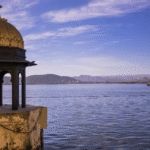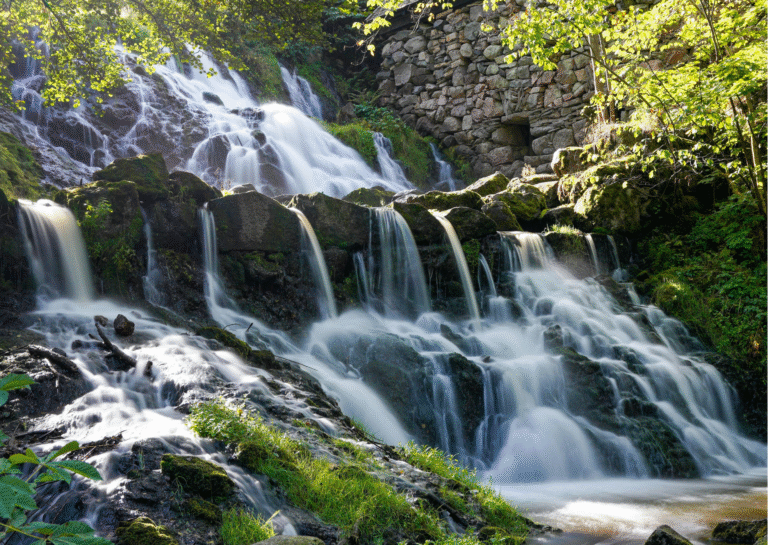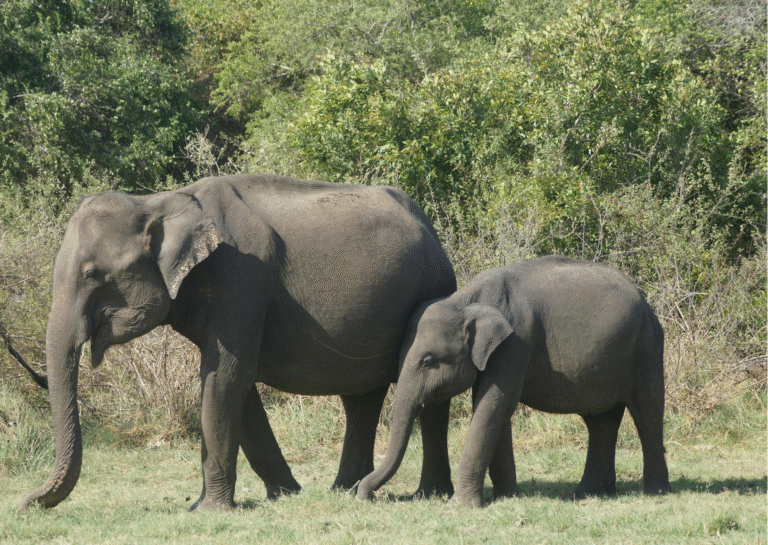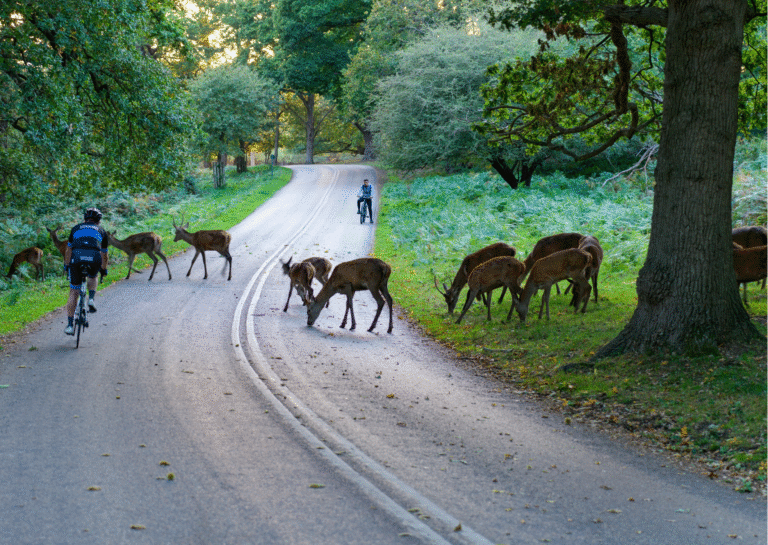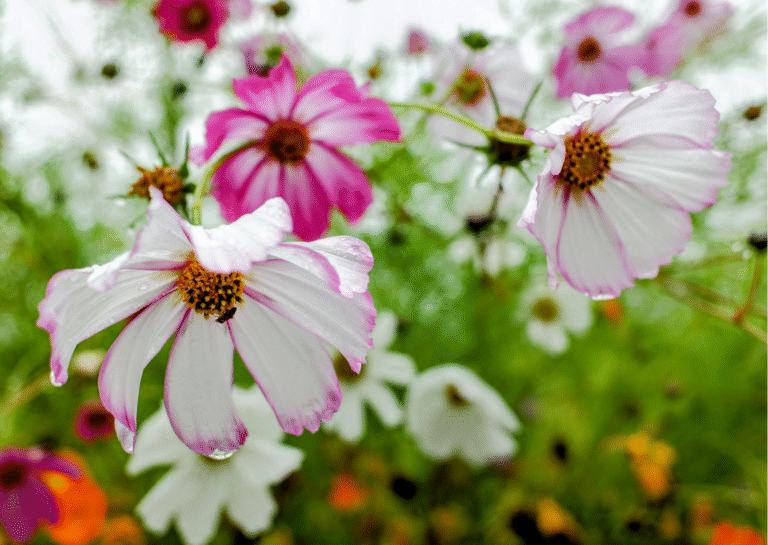Every traveler wants to find a place that hasn't changed over time, where the earth still moves to the sound of wind, fire, and song. As the world moves quickly toward glass towers and bright screens, there are still quiet places where people live like their ancestors did, following the same stars, soil, and stories. …
Traditional Villages Preserving Ancient Ways of Life
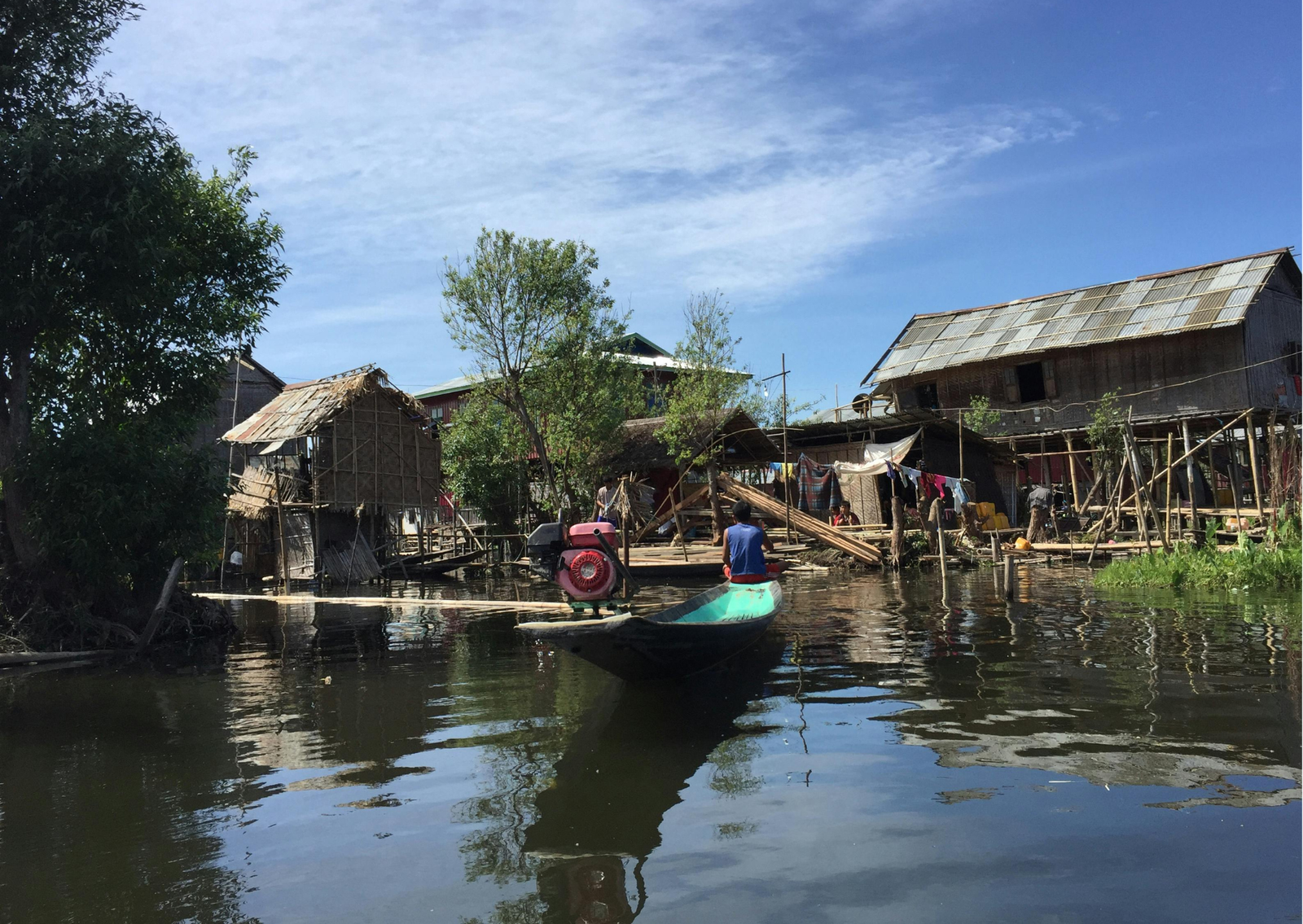
Every traveler wants to find a place that hasn’t changed over time, where the earth still moves to the sound of wind, fire, and song. As the world moves quickly toward glass towers and bright screens, there are still quiet places where people live like their ancestors did, following the same stars, soil, and stories.
These are the traditional villages of the world, where history isn’t just in books; it’s in the people who live there and what they do. Come with me on a tour of some of the most amazing places that still hold on to the past. Old traditions are woven into the fabric of modern life.
Shirakawa-go, Japan: Where Snow and Peace Meet
Shirakawa-go is in Japan’s rough Alps and looks like a dream covered in snow. When you get there, you’ll see groups of farmhouses with thatched roofs. They are so steep that they look like they are praying to the sky. These houses, known as gassho-zukuri, were built to last through harsh winters. Some of them have been around for hundreds of years.
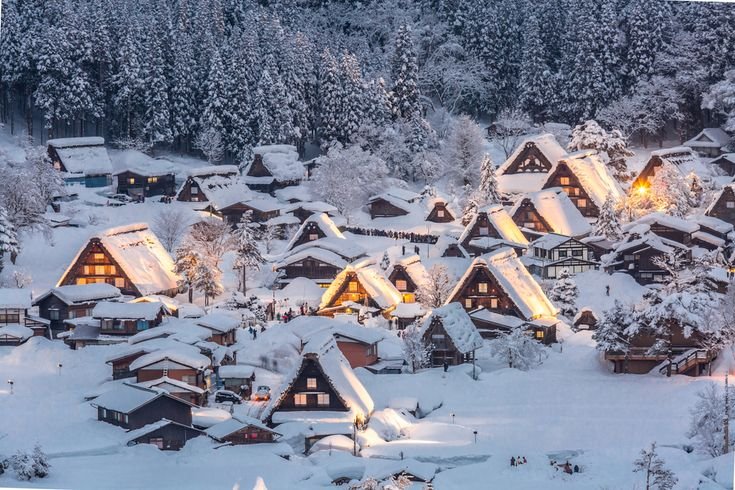
You can smell wood burning and hear the quiet crackle of a fire inside. People in the village still weave, farm, and cook the same way they always have. When you visit Shikrakawa-go, the location is as if you are living in a different century; the location is filled with beautiful lanterns, and the snow is falling from the sky. The time here goes in slow motion, and people usually come here to relax themselves.
Chitkul, India
Chitkul is located near the Tibetan Border. This place is considered to be the last village inhabited by people near the border. It is located high up in the Kinnaur Valley of Himachal Pradesh. The Baspa River flows between apple orchards and barley fields like a silver ribbon, and wooden houses cling to the slope.
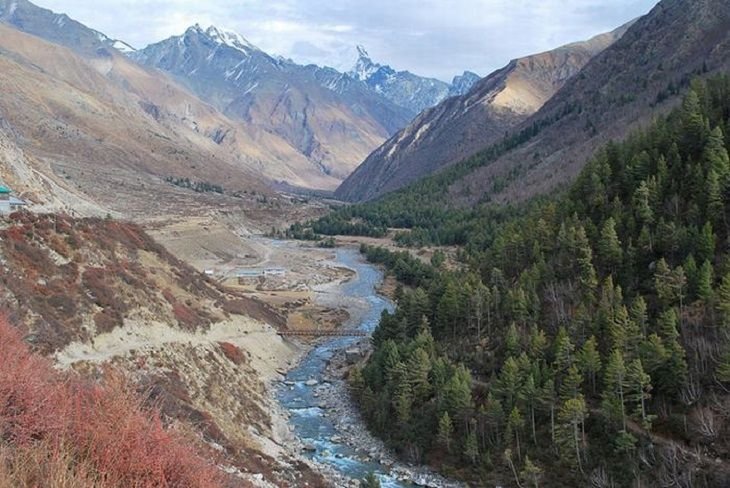
People in Chitkul are known for being friendly and strong, and they get along well with nature. Life here is slow and holy, and the mountains are a big part of it. You will see women weaving wool by hand, kids chasing goats through the snow, and older people giving strangers butter tea while they tell stories about gods and glaciers.
The Village of Whispering Waters is in Giethoorn, Netherlands
Imagine a village with no highways, just canals, bridges, and small boats floating through the stillness. That’s Giethoorn, a secret fairytale village in the Dutch countryside. People here use whisper boats to roam around.
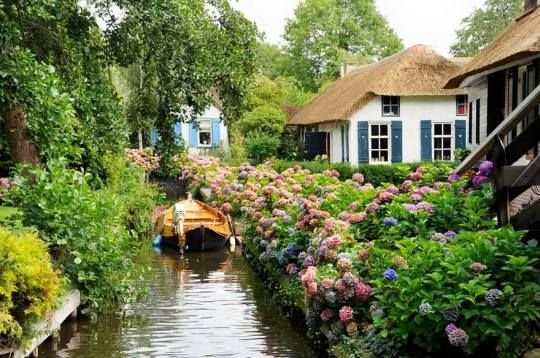
It looks like every house could be in a painting, with ducks swimming under bridges and ivy growing on wooden walls. Things don’t happen very quickly here. People wave to each other as they pass by on the lake, and you can hear them laughing softly through the reeds. You can learn how to live peacefully and enjoy life at a slower pace in Giethoorn.
Aït Benhaddou, Morocco—Fortress of the Desert Winds
Aït Benhaddou is a Berber village that looks like a mirage in the Sahara Desert. It is made entirely of mud and straw. The walls made up of clay, which have been engraved into the caravans, are hundred years old. This place has a lot of stories along with salt and wealth.
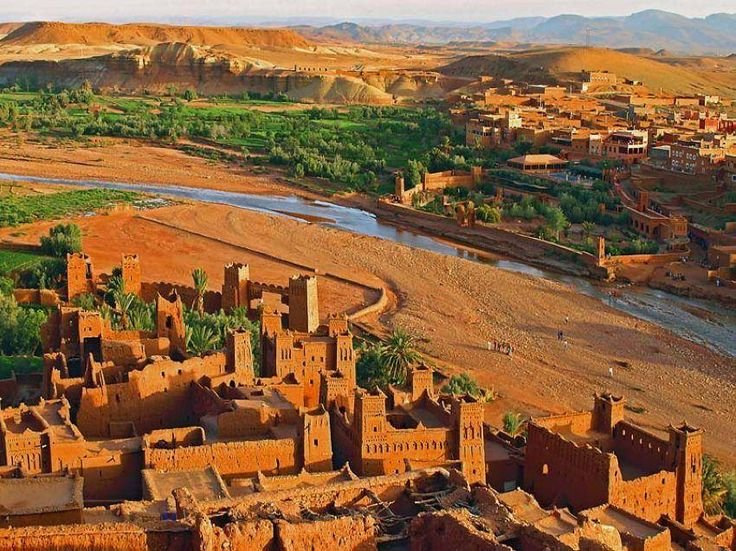
While walking into the narrow streets, you can feel the heat of the sun reflecting on the walls, and you can also hear the beats of the drums, which can be heard far in the distance. The carpets are woven by the women of the village, and you can also get the smell of baked flatbreads. Kids chase each other around in the courtyards.
Taos Pueblo, USA: A Living Legacy
Taos Pueblo is one of the oldest villages in North America where people have lived all the time. The place is located somewhere in the middle of New Mexico. People have been living in their adobe homes for more than a thousand years, and the houses are stuck in such a way that they resemble a honeycomb.
People in Taos still make pottery by hand, bake bread in clay ovens, and do religious ceremonies that have to do with the land. You might hear drumming, laughter, and whispers of an old language as you walk around the pueblo. It seems like the land remembers the steps of the people who live here.
Hallstatt, Austria—Memories of the Past
Hallstatt looks like a dream that has been reflected in water. This Austrian village by the lake, with its pastel cottages and mountains in the background, looks like it has been there forever. Every cobblestone alley and flower-filled balcony has a story that goes back to the Iron Age.
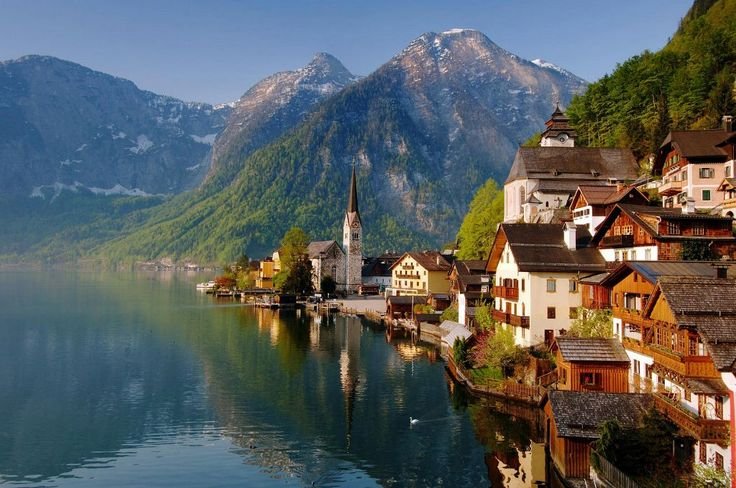
People in the area still celebrate salt festivals, play folk music, and light candles on the lake during festivals, just like their ancestors did. When the mist rises from the sea in the morning, you can see church spires and wooden boats gently passing by. It’s like magic.
Matmata, Tunisia: The Village Under the Earth
You might think the desert around Tunisia’s Matmata is empty, but if you look closely, you’ll see doors that lead down. The air smells a little like clay, and it’s cold. Life goes on as usual. Women grind grain with stone mills, families gather around tea, and kids play in round courtyards that have been carved into the ground.
Matmata feels like another world, not just because it was the setting for the famous movie Star Wars, but also because it shows how people can turn even the harshest environment into a home.
Ping’an Village in China: The Sky’s Terraces
Ping’an looks like a green staircase that goes up to the clouds. It is built on the Guangxi mountains. The Zhuang people have lived here for more than 700 years and carved rice terraces into the mountains by hand.
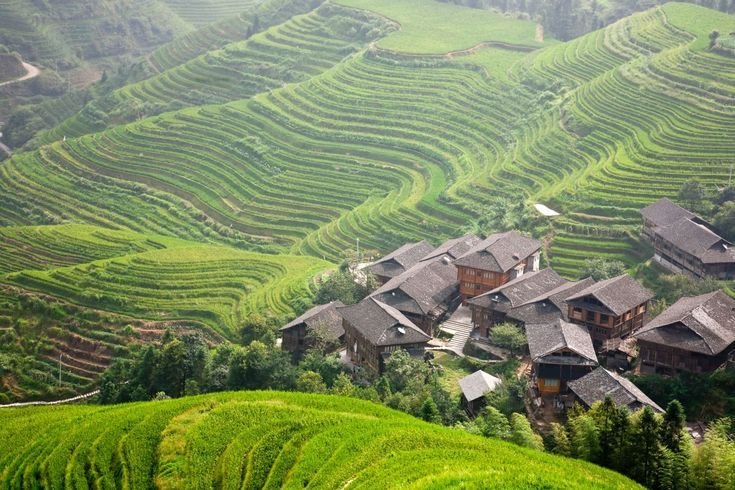
Every season brings a new look: the fields in spring look like mirrors, the waves in summer look like emeralds, and the warmth in autumn looks like gold. People still wear embroidered clothes and live in cottages on stilts.
Ushguli, Georgia: Between Clouds and Stone
Ushguli is high up in the Caucasus Mountains of Georgia, under glaciers and old watchtowers. Even though life here is hard—long winters, rough roads, and long winters—the locals wouldn’t want it any other way.
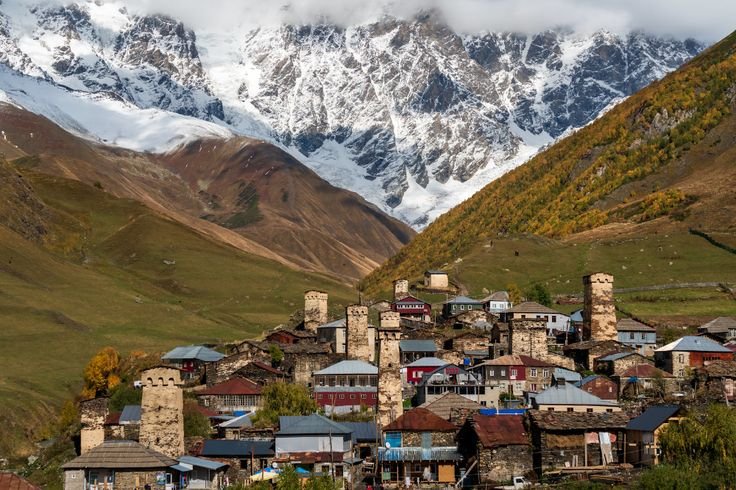
The Svan people who live here have traditions that go back further than most countries. They sing songs that are different from each other, make their own cheese, and tell stories by firelight. The air smells like bread and pine, and everyone you meet seems proud of where they are.
Omo Valley, Ethiopia
The Omo Valley seems like walking into a museum where you can see different cultures. There are more than a dozen tribes that live here, and each one has its own language, clothes, and way of life. The Hamar women wear bright beads and cowrie shells, the Mursi make clay lip plates to show off their beauty, and the Karo paint their bodies with stories about their lives.
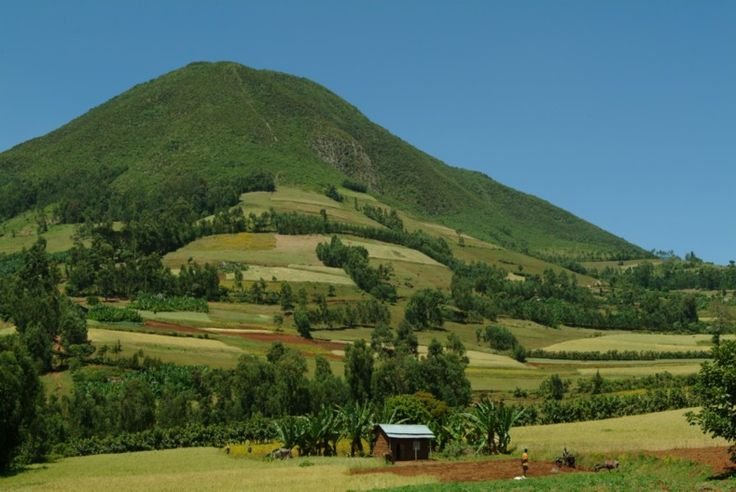
Every rite here has a reason; it brings people, animals, and the land together. When you go to the Omo Valley, you feel small and remember that diversity is one of the oldest and most beautiful things about people.
What Makes These Places Important
These towns and cities are more than just pretty places to visit; they show us who we used to be and who we can still be. For them, moving does not mean forgetting about the place. Coming here will make you believe that technology and tradition can go hand in hand.
All of these communities teach a gentle lesson: be patient, listen, and remember.
Going to these old-fashioned villages is like going back in time, but not in the way that someone else remembers it. We all have memories of simpler times deep down inside us.
The farmer in Japan, the herder in Georgia, and the fisherman in Vietnam all keep the world’s oldest promise: to live with love, respect, and purpose. So, don’t just snap photos when you get here. You need to take a break. You should pay some attention.

